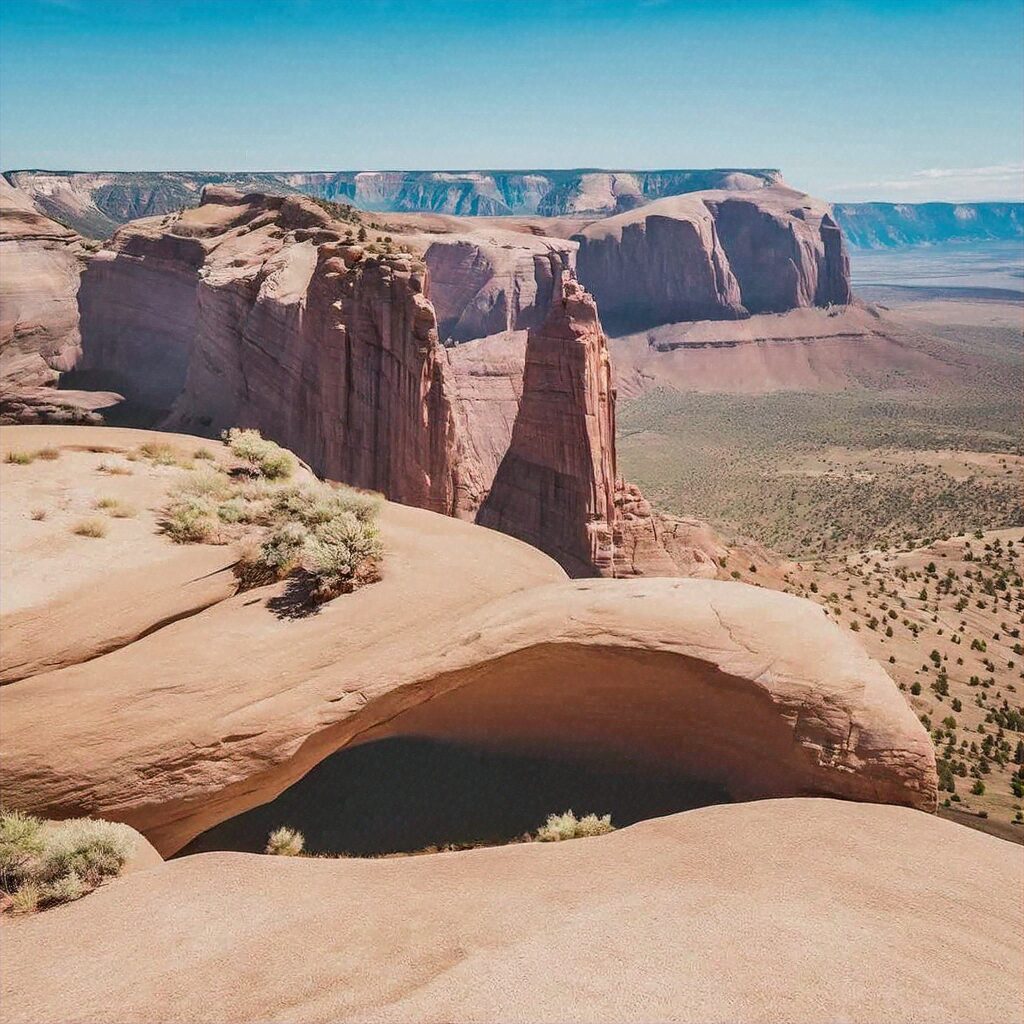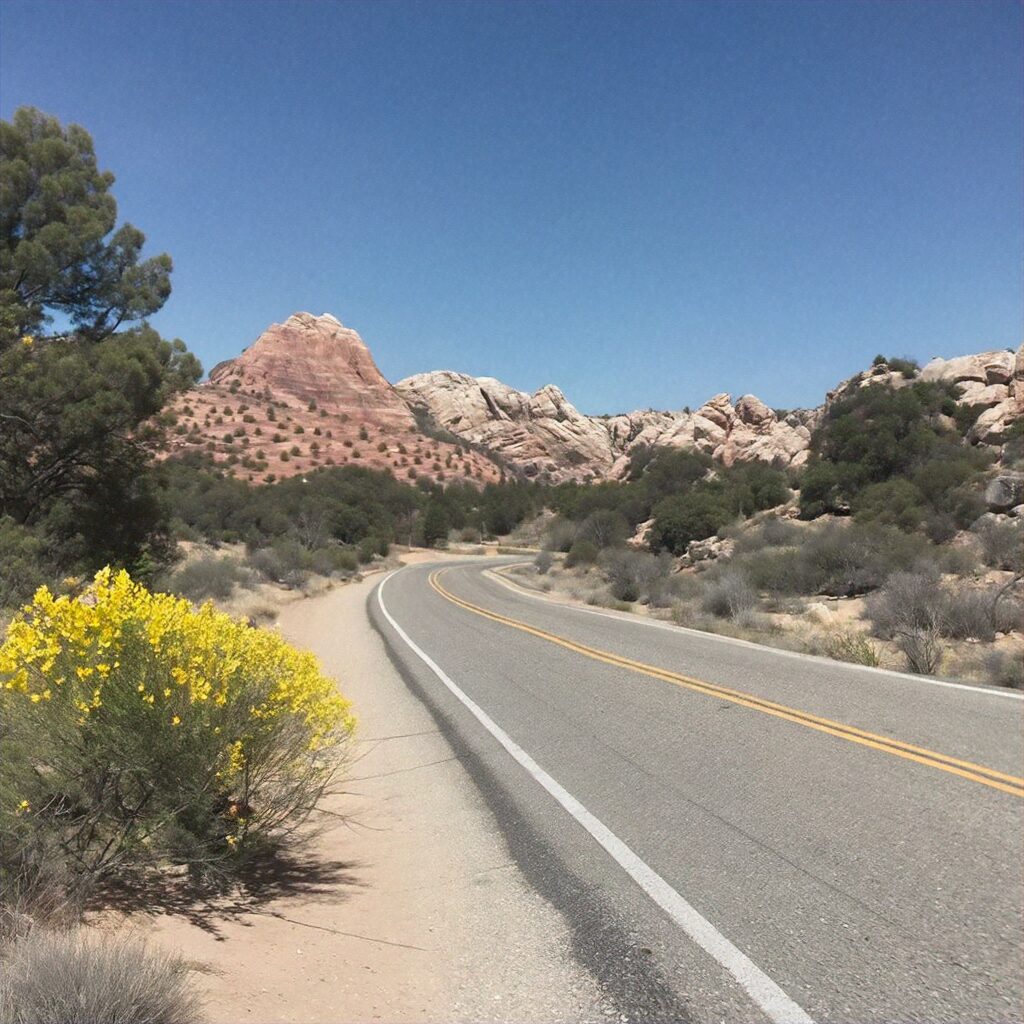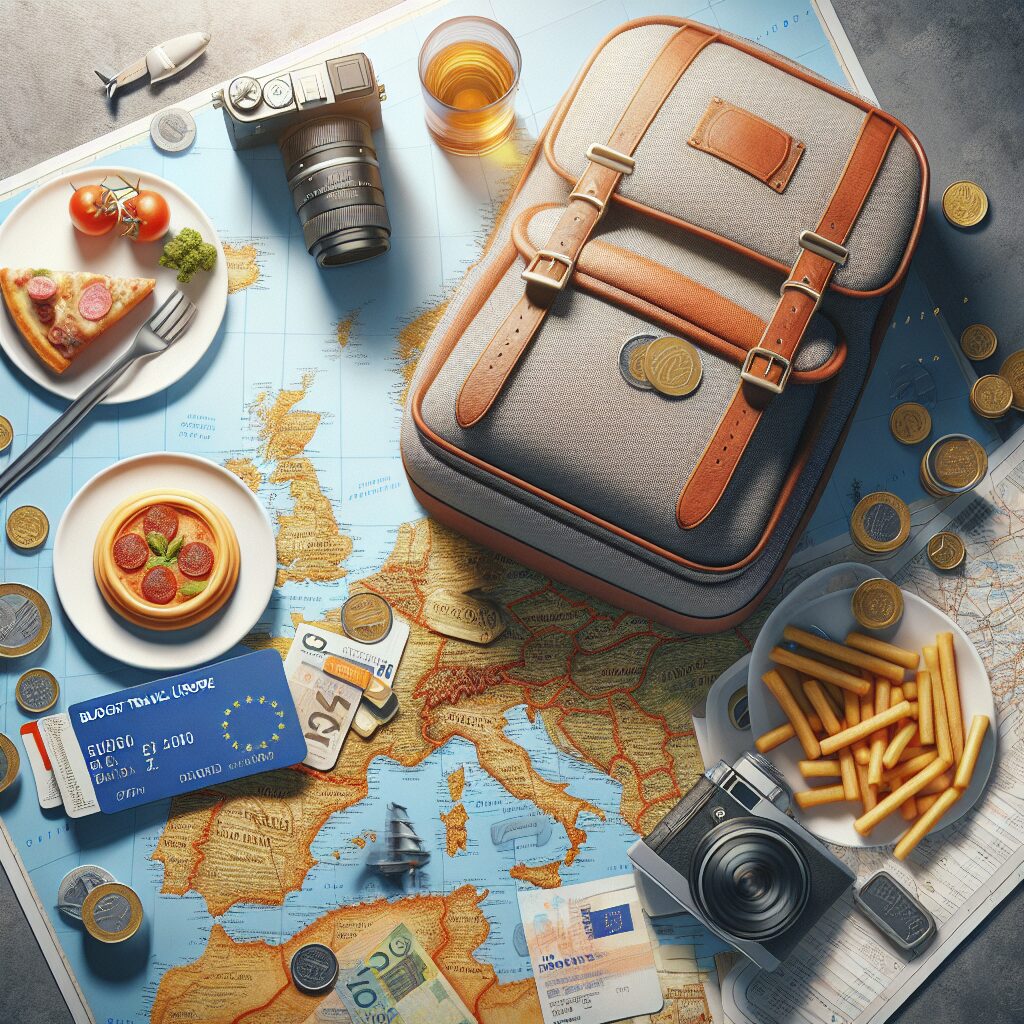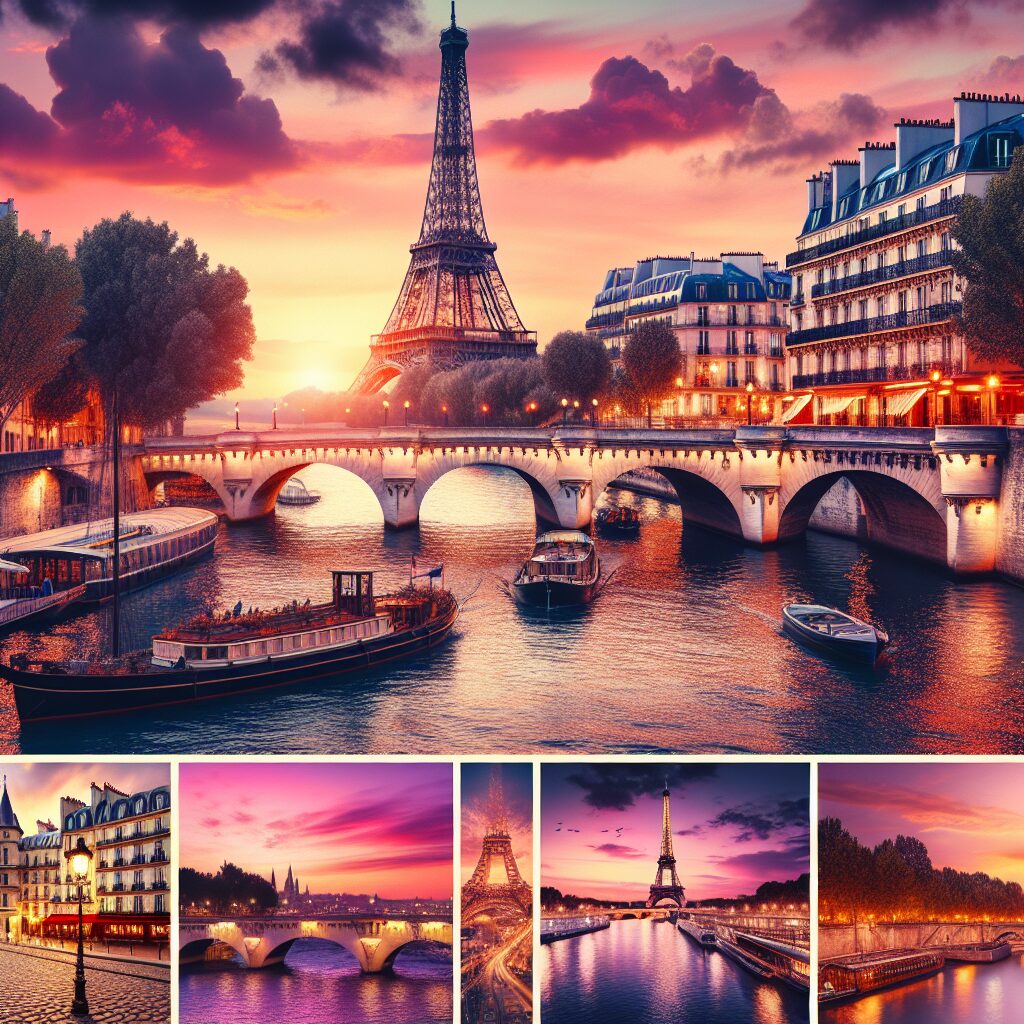Vietnamese street food is a colorful and vibrant part of the country’s culinary culture. With its distinctive flavors and unique ingredients, it offers a delightful and authentic experience for those eager to explore the local cuisine. In Vietnam, street food is not merely a quick and convenient option for a meal, but a way of life. Every city and town is lined with bustling street stalls and mobile vendors, each offering their own twist on famous dishes.
One of the defining features of Vietnamese street food is its emphasis on fresh and local ingredients. From fragrant herbs and spices to a variety of meats and seafood, each dish captures the essence of Vietnam’s rich agricultural heritage. The vibrant use of flavors, such as sweet, sour, and spicy, creates a harmonious balance that is both exciting and satisfying for the palate. Furthermore, the affordability and accessibility of street food make it a popular choice among locals and tourists alike, as it provides an opportunity to taste a wide range of Vietnamese delicacies without breaking the bank.
In the upcoming sections of this article, we will delve into the key takeaways of Vietnamese street food. We will explore the most popular dishes that should not be missed, including pho, banh mi, and spring rolls. Additionally, we will discuss the unique regional specialties found throughout the country, from the bustling streets of Hanoi to the charming alleys of Ho Chi Minh City. So, buckle up and get ready to embark on a mouthwatering journey through the vibrant world of Vietnamese street food.
Key Takeaways
1. Vietnamese street food is a vibrant and diverse culinary experience, with a wide range of flavors and dishes to explore. From pho to banh mi, each street food item offers a unique taste of the country’s rich gastronomy.
2. The street food scene in Vietnam is bustling and lively, with countless stalls and vendors lining the streets. Visitors can immerse themselves in the local culture by wandering through the bustling markets and trying an array of delicious snacks and meals.
3. Some of the must-try dishes include banh xeo, a savory pancake filled with shrimp, pork, and bean sprouts; bun cha, a flavorful dish consisting of grilled pork, vermicelli noodles, and fresh herbs; and goi cuon, a fresh spring roll filled with shrimp, herbs, and rice noodles.
4. Vietnamese street food is known for its fresh and wholesome ingredients. Vendors often source their produce from nearby markets, ensuring that each dish is bursting with flavor and nutrition. Additionally, the focus on herbs and vegetables makes it a great option for vegetarians and health-conscious individuals.
5. Exploring the streets of Vietnam and indulging in their street food is not only a culinary adventure but also an opportunity to connect with the local community. Engaging with the friendly vendors and hearing their stories adds authenticity to the overall experience, making it truly unforgettable.
What are the Best Vietnamese Street Food Dishes to Try?
1. Banh Mi
Banh Mi is a classic Vietnamese street food dish that has gained popularity worldwide. It is a delicious sandwich filled with various ingredients such as grilled pork, pate, pickled vegetables, and fresh herbs. The combination of flavors and textures in Banh Mi is simply irresistible.
2. Pho
Pho is a traditional Vietnamese noodle soup that is a staple of street food in Vietnam. It consists of a flavorful broth, rice noodles, and tender slices of beef or chicken. The soup is usually served with bean sprouts, lime, fresh herbs, and chili on the side, allowing you to customize the taste to your liking.
3. Bun Cha
Bun Cha is a popular street food dish in Hanoi. It consists of grilled pork patties, vermicelli noodles, fresh herbs, and a dipping sauce. The dish is best enjoyed by wrapping the grilled pork patties in lettuce leaves, dipping them in the sauce, and combining them with the noodles and herbs.
4. Banh Xeo
Banh Xeo is a savory Vietnamese pancake filled with shrimp, pork, bean sprouts, and spring onions. The pancake is made from rice flour and turmeric, giving it a golden color. It is served with fresh herbs and a dipping sauce, making it a flavorful and satisfying street food option.
5. Goi Cuon
Goi Cuon, also known as fresh spring rolls, is a healthier option among Vietnamese street food. These rolls are made by wrapping vermicelli noodles, shrimp, pork, fresh herbs, and lettuce in rice paper. They are typically served with a peanut dipping sauce that adds a delicious nutty flavor to the rolls.
6. Com Tam
Com Tam, or broken rice, is a popular street food dish in Saigon. It consists of broken rice, grilled pork chops, a fried egg, and pickled vegetables. The combination of flavors and textures in Com Tam is a true delight for the taste buds.
Pro Tips for Enjoying Vietnamese Street Food
- Try different stalls: Explore various street food stalls to experience the diversity of Vietnamese cuisine.
- Watch for cleanliness: Choose stalls that maintain good hygiene practices to ensure the safety of the food you consume.
- Interact with locals: Strike up a conversation with locals to learn about their favorite street food spots and recommendations.
- Be adventurous: Don’t be afraid to try new and unfamiliar dishes, as they often turn out to be surprisingly delicious.
- Use chopsticks: Embrace the local culture by learning to eat street food with chopsticks, it adds to the experience.
- Be mindful of spice levels: Vietnamese cuisine can be spicy, so communicate your spice preference to the food vendor.
- Sip on Vietnamese iced coffee: Pair your street food experience with a refreshing cup of Vietnamese iced coffee for the perfect balance.
- Don’t skip dessert: End your street food adventure with a sweet treat like coconut ice cream or sticky rice with mango.
Frequently Asked Questions
1. What is Vietnamese street food?
Vietnamese street food refers to the diverse range of dishes that are sold by vendors and stalls on the streets of Vietnam. It is known for its bold flavors, fresh ingredients, and affordable prices.
2. Is Vietnamese street food safe to eat?
Absolutely! Vietnamese street food is generally safe to eat as long as you follow a few precautions. Look for busy stalls with a high turnover of food, ensure the ingredients are fresh, and make sure the food is thoroughly cooked.
3. What are some famous Vietnamese street food dishes?
There are numerous famous Vietnamese street food dishes to try, such as pho (noodle soup), banh mi (Vietnamese sandwich), banh xeo (Vietnamese pancake), and bun cha (grilled pork with noodles).
4. Can I find vegetarian or vegan options in Vietnamese street food?
Yes, you can find vegetarian and vegan options in Vietnamese street food. Dishes like vegetarian pho, banh mi chay (vegetarian sandwich), and fresh spring rolls with tofu are popular choices for those following a plant-based diet.
5. How much does Vietnamese street food cost?
Vietnamese street food is known for its affordability. Prices can vary depending on the location and type of dish, but on average, a meal from a street food vendor can range from $1 to $5 USD.
6. Are there any street food markets or areas known for Vietnamese street food?
Absolutely! Some popular street food markets and areas in Vietnam include Hanoi’s Old Quarter, Ho Chi Minh City’s Ben Thanh Market, and Hoi An’s night market. These places offer a wide range of street food options.
7. Are there any health benefits to eating Vietnamese street food?
Yes, there are several health benefits to eating Vietnamese street food. The dishes are often packed with fresh herbs, vegetables, and lean proteins, making them nutritious and low in fat. The vibrant flavors also make Vietnamese street food a delightful and healthy culinary experience.
8. Can I learn to make Vietnamese street food at home?
Absolutely! Many Vietnamese street food dishes can be made at home. There are plenty of recipes available online, and you can also take cooking classes in Vietnam to learn authentic techniques from local chefs.
9. How can I navigate the language barrier when ordering Vietnamese street food?
Though the language barrier can be challenging, don’t worry! Most street food vendors are accustomed to foreign visitors and have menus with English translations or pictures. Pointing or using simple phrases like “xin chao” (hello) and “cam on” (thank you) can also help in communicating with the vendors.
10. Are there any specific street food etiquette rules in Vietnam?
Yes, there are a few etiquette rules to keep in mind when enjoying Vietnamese street food. It is customary to pay for your food upfront, eat with chopsticks or a spoon, and return any dishes or utensils to the vendor once you are finished eating.
Final Thoughts
Vietnamese street food is a gastronomic adventure that should not be missed. The vibrant flavors, affordability, and unique culinary experiences make it a must-try for any food lover. Exploring the bustling streets of Vietnam and indulging in local delicacies will leave you with unforgettable memories and a deeper appreciation for Vietnamese culture.
From savoring a steaming bowl of pho on a rainy day to devouring crispy banh xeo on a bustling street corner, Vietnamese street food offers a sensory journey like no other. So, dive in, explore the vibrant world of Vietnamese street food, and allow your taste buds to be delighted by the iconic flavors of this incredible cuisine.













